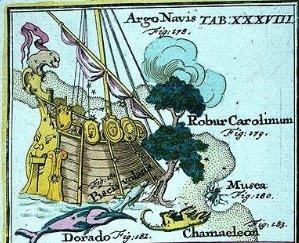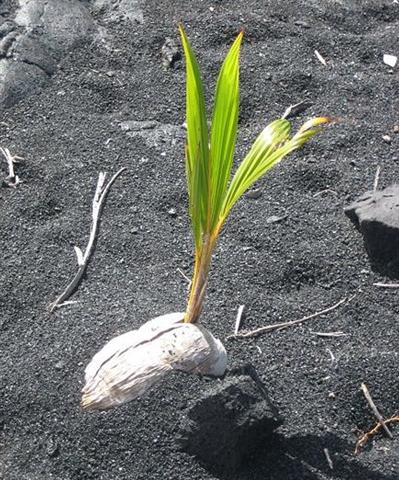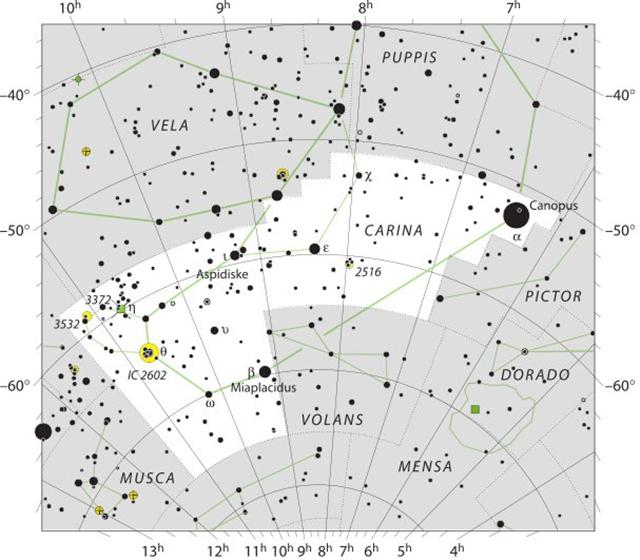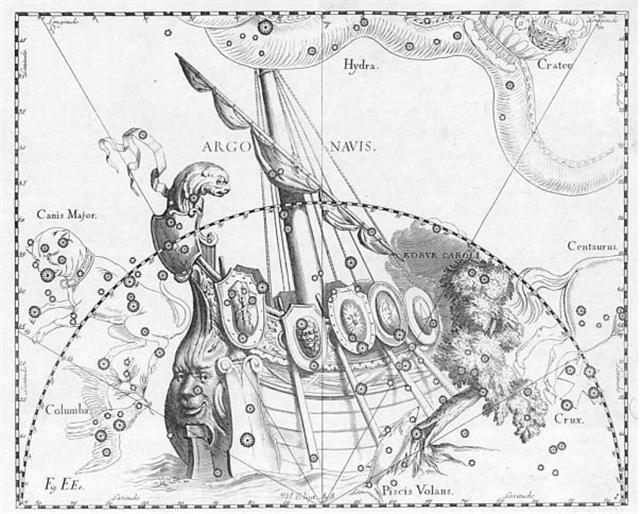|
TAHUA
37 The Head was evidently the Significant feature for the glyphs representing Mira respectively Algol:
Both these stars have light cycles of growth followed by descending - as if they were breathing and alive: ... Mira also known as Omicron Ceti (ο Ceti, ο Cet), is a red giant star estimated 200-400 light years away in the constellation Cetus. Mira is a binary star, consisting of the red giant Mira A along with Mira B. Mira A is also an oscillating variable star and was the first non-supernova variable star discovered, with the possible exception of Algol. Apart from the unusual Eta Carinae, Mira is the brightest periodic variable in the sky that is not visible to the naked eye for part of its cycle ...
The brightest of the 3 in my table above is Avior, located at the root (foot) of the mast of the extraordinary constellation known as Argo Navis. ... Math the son of Mathonwy, King of North Wales ... is pictured as a sacred King of the ancient type whose virtue was resident in the feet. Except when his kingdom was attacked and he was obliged to ride into battle, Math was bound by convention to keep his foot in the lap of a priestess ...
Could this mean Avior should be associated with the 3rd and final glyph of this type in the G text?
The little 'offspring' down at right suggests a similarity with that down at right in Gb7-30:
On side a of the G tablet we can find heliacal Avior in MAY 22 (142) = NOVEMBER 21 (325) - 366 / 2:
In this famous old ship ... According to a variety of sources of the legend, the Argo was said to have been planned or constructed with the help of Athena. According to other legends it contained in its prow a magical piece of timber from the sacred forest of Dodona, which could speak and render prophecies. Argo Navis is the only one of the 48 constellations listed by the 2nd century astronomer Ptolemy that is no longer officially recognised as a constellation. It was unwieldy due to its enormous size: were it still considered a single constellation, it would be the largest of all. In 1752, the French astronomer Nicolas Louis de Lacaille subdivided it into Carina (the keel, or the hull, of the ship), Puppis (the poop deck), and Vela (the sails). When Argo Navis was split, its Bayer designations were also split. Carina has the α, β and ε, Vela has γ and δ, Puppis has ζ, and so on. The constellation Pyxis (the mariner's compass) occupies an area which in antiquity was considered part of Argo's mast (called Malus). However, Pyxis is not now considered part of Argo Navis, and its Bayer designations are separate from those of Carina, Puppis and Vela ... it is hard to identify all the pieces, but we can use the star map above to go from the very bright (-0.74) Canopus (α at the steering oar) to the bright (1.67) Miaplacidus (β) and Tureis (Aspidiske, ι Carinae) located in the following day. Then Avior (ε, 59º 31' S) will be found 17 right ascension day earlier than Aspidiske (59° 03′ S). Drus (χ, 52° 59′ S) is higher up and a week before Avior:
The great longitudinal extension of the Carina section makes it also difficult to coordinate the star map with the various creative illustrations. However, after much effort I once upon a time pinpointed Avior (ε) to the center of the central of the midships oars, the one seemingly connected with the mast of the ship above and below connected to the Flying Fish (Piscis Volans). At least according to Hevelius:
|










.jpg)